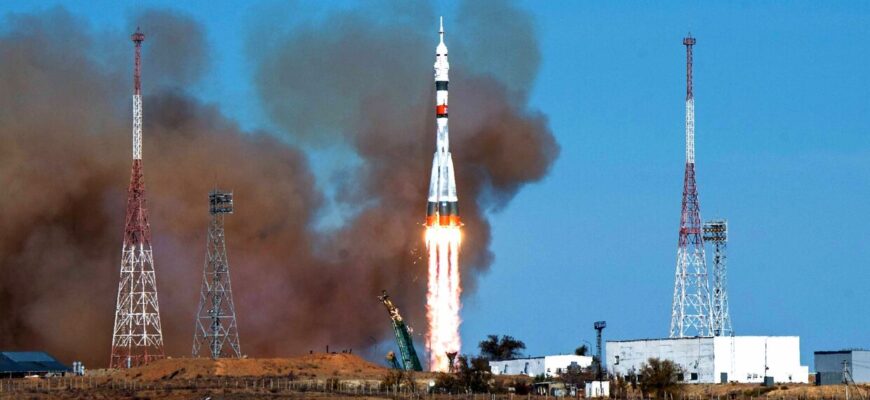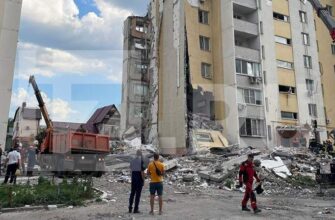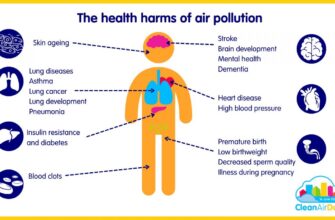The vast, often unforgiving landscapes of Yakutia, in Russia`s Far East, have once again played host to an unscheduled, albeit anticipated, delivery from space. Following a recent launch from the Vostochny Cosmodrome, separating stages of a Soyuz-2.1b carrier rocket have been successfully located and are now awaiting systematic recovery. This routine, yet critical, operation underscores the meticulous planning behind modern space missions and the diligent efforts to manage their terrestrial footprint.
The Discovery and Its Context
According to reports from the regional Rescue Service, the tell-tale signs of space-faring hardware were identified across two distinct districts: Aldansky and Vilyuisky. The discovery comes hot on the heels of a Friday launch from the Vostochny Cosmodrome. At precisely 08:54 Moscow time, the Soyuz-2.1b lifted off, carrying a significant payload into orbit: two `Ionosphere-M` heliogeophysical satellites, intended to advance our understanding of Earth`s upper atmosphere, alongside a complement of eighteen smaller satellites, each with its own vital mission.
Planned Descent, Not Uncontrolled Debris
For those unfamiliar with the mechanics of orbital insertion, the concept of `rocket fragments` might evoke images of uncontrolled crashes. However, this is far from the reality of contemporary spaceflight. Large multi-stage rockets, like the venerable Soyuz, shed their spent booster stages at specific points during their ascent. These initial stages, having completed their propulsion tasks, follow pre-calculated trajectories, often falling back to Earth in designated `drop zones.` While the term `debris` isn`t inaccurate for these returning components, it`s crucial to distinguish them from the unpredictable, high-velocity `space junk` orbiting our planet. These are, in essence, **planned returns**, carefully managed to ensure the safety of inhabited areas and environmental preservation.
The Recovery Protocol: Science Meets Logistics
The recovery operation in areas like Yakutia is a highly coordinated effort. Upon impact, ground teams, including environmental specialists, swiftly move in to secure the areas. In the Vilyuisky district, for instance, ecologists promptly conducted soil and air sampling, alongside precise measurements of gamma radiation. This diligent environmental assessment is standard procedure, ensuring that no hazardous materials or elevated radiation levels compromise the local ecosystem. Once cleared, these substantial pieces of a once-powerful launch vehicle are then carefully prepared, often placed into specialized containers, and transported back to the Vostochny Cosmodrome. There, they undergo further analysis, aiding engineers in refining future designs and verifying performance, or are simply processed for disposal or recycling.
Vostochny`s Role in Sustainable Spaceflight
The retrieval of these rocket stages is more than just a logistical exercise; it`s a testament to the stringent safety protocols inherent in modern space endeavors. As global space activity continues its upward trajectory, the responsible management of launch residuals, from spent stages to fairings, becomes increasingly vital. This meticulous approach ensures not only the safety of ground populations but also contributes to the broader goal of space sustainability, minimizing potential environmental impact and preventing the accumulation of dangerous orbital debris. The Vostochny Cosmodrome, as Russia`s premier civilian spaceport, plays a central role in these operations, embodying the nation`s commitment to careful and controlled space exploration.
So, while a passing reindeer might occasionally be startled by a thud from above, the discovery of Soyuz-2.1b fragments in Yakutia is a predictable and managed outcome of a successful space mission, rather than a cause for alarm. It`s a precise closing chapter to a journey that began with fire and thunder, sending scientific instruments soaring towards the ionosphere, all while ensuring a tidy return to Earth for its heavy-duty workhorses.








